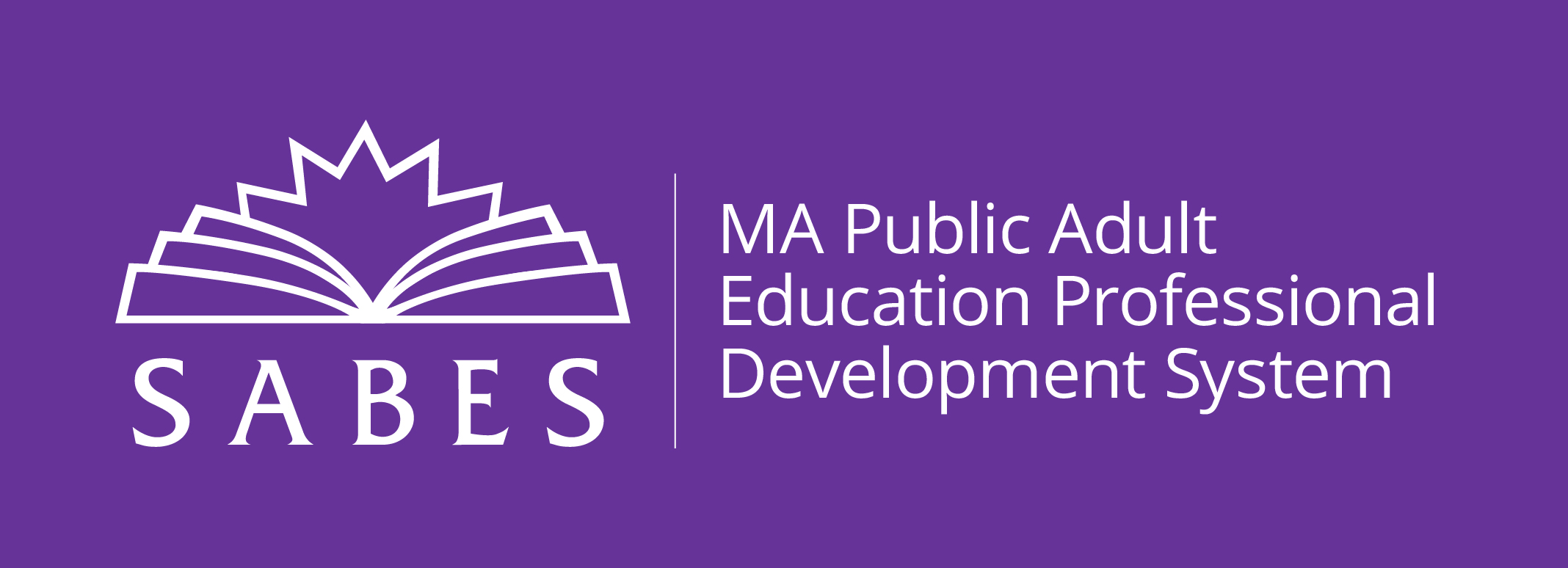Are you starting up a distance education program for the first time this year? Are you experienced but haven’t had training, or want a brush-up? Have you considered developing a distance, blended, or hybrid learning option at your program but aren’t quite sure where to begin or what the differences are among these three models? Are you a director or instructor who wants to know more about best practices and how these options can benefit your learners? If you answered “yes” to any of these, then this series of three online modules is for you!
This first module in this three-part series reviews various models of distance, blended, and hybrid learning; how they meet learners’ needs; and important information for administrators including hiring, planning, and data reporting. It includes a discussion forum to share ideas with colleagues, and time with an experienced coach to think through questions or to get suggestions to your program’s specific context.
- Administrators and instructors who are implementing distance, blended, or hybrid learning for the first time this year
- Those who have experience but have not had previous training or want a brush-up
- Those who are considering adding distance, blended, or hybrid learning to their program and wish to have an overview of what is entailed
This professional development activity/course is designed for:
As a Massachusetts adult educator, you benefit from our state’s membership in the IDEAL Consortium, a nationally respected organization that helps member states establish quality, innovative distance and blended learning programs.
This module is the first in a series that together comprise a brief version of IDEAL’s yearlong training. Each module provides an overview of important elements of starting and running successful distance and blended learning classes, including an overview of distance, blended, and hybrid learning options. Modules 2 and 3 will follow; see below for the schedule and links to register. Together, the three modules will strengthen your program development, staff team building, student instruction and support, and learner outcomes.
Module 1: Setting the Stage: Planning for a Strong Foundation
The first topic of this module is for all staff. While the second topic is designed with administrators in mind, all staff are welcome to join that part as well.
- The online course will run between October 23 and November 6.
- Upon your request, the course facilitator will provide your program with up to one hour of customized coaching to support your capacity to implement the strategies outlined in the course. This opportunity is optional for those who complete the course.
The total time for this PD activity is approximately 6 hours, depending on your pace and style of learning, and including the optional hour of coaching. We estimate the time as follows:
- Facilitated online course: approximately 5 hours
- Optional: up to 1 hour of coaching for your program
We encourage you to also register for the complementary online modules.
Module 2: (11/13—11/27) Opening Your Doors: Recruitment, Screening, and Orientation
In this module, you will consider which learners are promising candidates for your program and how to find them. We will describe ways to check that they have the skills and resources necessary for study via distance or blended learning, and how to orient them so they are set up for success.
Module 3: (12/4—12/18) In the Class: Instruction and Assessment
This module explains where to find the list of state-approved curricula and supplemental resources to extend learning; how to organize them; how to use types of assessment to know how your students are doing and what they have achieved; and options for staying in communication with learners.
- Describe the similarities and differences among the three models for distance education programs
- Identify opportunities that distance, blended, and hybrid learning provide to overcome barriers to education
- Plan to use best practice approaches to planning and evaluation
- Consider which distance education options are best for your learners
- Implement strategies for hiring and supporting appropriate staff (administrators)
- Respond to implications for budgeting (administrators)
- Leverage program resources (administrators)
Upon completion of this professional development activity/course, you will be able to:
Online
United States


